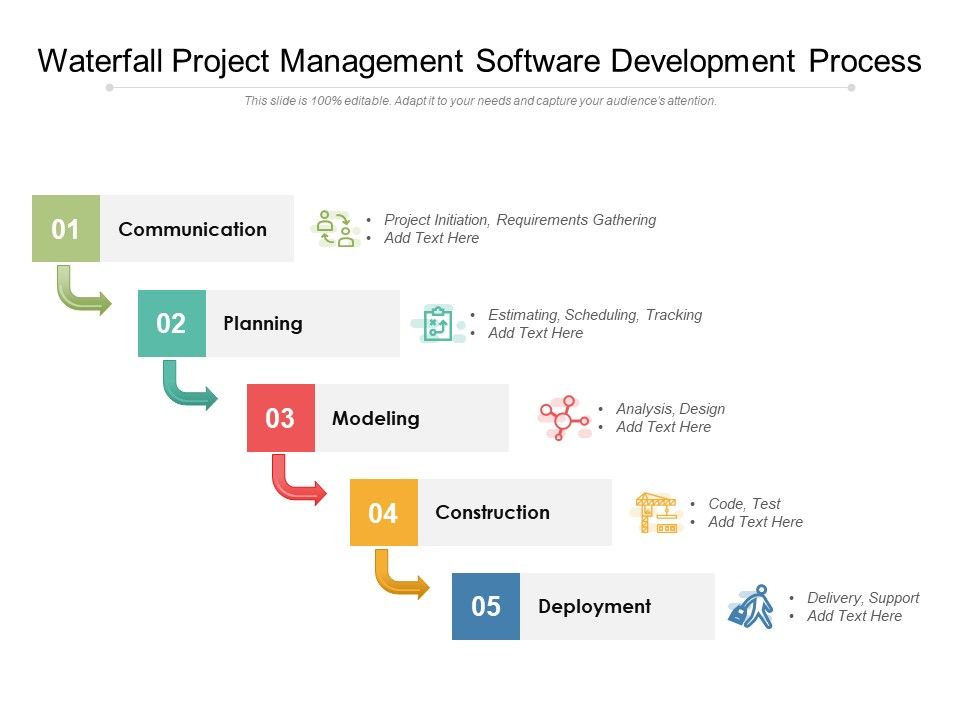

Blockers and dependency management: Traditional project management styles often create "critical paths", where the project can't move forward until a blocking issue is resolved.The waterfall model can exacerbate some of the known challenges of building products: This creates a “use it or lose it” mentality that encourages developers, product owners, and stakeholders to request as much time as possible in each time window, since there may be no opportunity to iterate in the future. Typically teams using waterfall try to control scope creep through “change control”, where everyone agrees the original contract is not changed. Additionally, when a team is fully focused on the next phase of work, resolving technical debt or fixing bugs can be painful if the team is fully allocated to new feature work and always pressing forward to the next stage.īelow is an illustration of a standard waterfall project with rigidly segmented blocks of time. It works well for work that has predictable, recurring processes, yet it can leave development teams flat-footed and unable to adjust faster than a competitor.Ī single missed deadline or scope change during a waterfall project can cause outsized impacts on subsequent releases. The waterfall project management approach follows a linear, sequential formula.

Agile teams may follow a similar sequence yet do so in smaller increments with regular feedback loops. Once a phase is completed, it can be difficult and costly to revisit a previous stage. The waterfall project management approach entails a clearly defined sequence of execution with project phases that do not advance until a phase receives final approval.


 0 kommentar(er)
0 kommentar(er)
